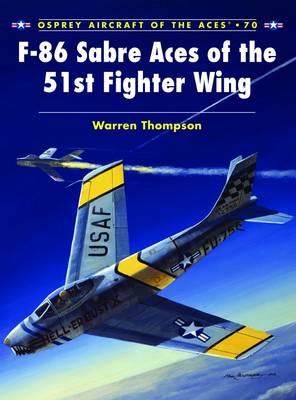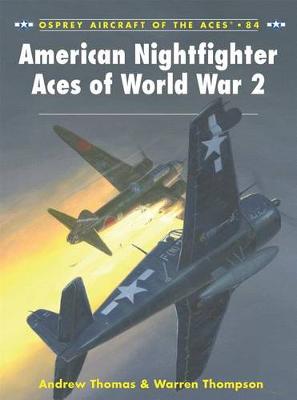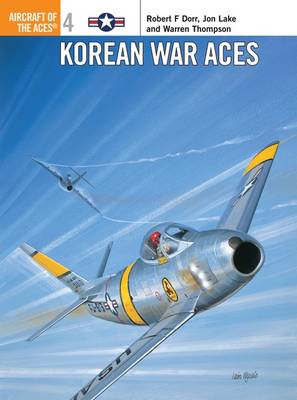Aircraft of the Aces
3 primary works • 4 total works
Book 70
The 51st Fighter Wing initially flew the F-80C in the Korean War, but in 1951, the 51st brought in high-scoring World War 2 ace Colonel Francis Gabreski to assume command when it converted from the F-80 over to the newly arrived F-86E. His recruits included his elite 4th Wing pilots, and by the end of the war, the 51st had two pilots who achieved the status of Double Ace as well as the highest scoring ace of the war, Joe McConnell. This book describes the 51st Wing's tenure with the Sabre that led to their high scoring sprees of 1953.
Book 72
The entry of the United States premier jet interceptor into the Korean War was triggered by the ever-increasing presence of the Soviet-built MiG-15 south of the Yalu River. The possibility of the USAF losing air supremacy over the Korean Peninsula was unacceptable. The 4th Fighter Wing got the call for combat in Korea. They were made up of a combination of new pilots right out of jet training and the older combat veterans of World War II vintage. This combination of pilot types wrote and re-wrote the text books on jet warfare. Of the 40 jet aces that the war produced, the 4th Wing boasted 24 of them. This book details these incredible pilots and the planes they flew.
Book 84
The Americans lagged behind their European contemporaries in military aviation in the late 1930s, and it took the Battle of Britain to awaken America to the necessity of having aircraft that could defend targets against night-time attack by bomber aircraft. This book examines the numerous aircraft types that were used by the US in this role, beginning with the early stop-gap conversions like the TBM Avenger, Lockheed Ventura and the A-20 Havoc (P-70). It goes on to detail the combat history of the newer, radar-equipped Hellcats, Corsairs and Black Widows that were designed to seek out enemy aircraft and which registered most of the kills made by the Navy, Marine Corps and USAAF in 1944-45. With full-colour profiles and rare photographs, this is an absorbing account of an underestimated flying force: the American Nightfighters.
The first virtually all-jet war, the conflict in Korea saw F-86 Sabres of the USAF take on MiG-15s of the North Korean and Chinese air forces. Although the Allied pilots were initially taken aback by the ability of the communist fighter in combat, sound training and skilful leadership soon enabled Sabre pilots to dominate the dogfights over the Yalu River. In all 39 F-86 pilots achieved ace status, and a number of these are profiled in this volume, as are notable pilots from the US Navy, Marine Corps and Royal Navy and, for the first time, the handful of MiG-15 aces.



